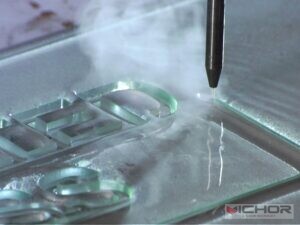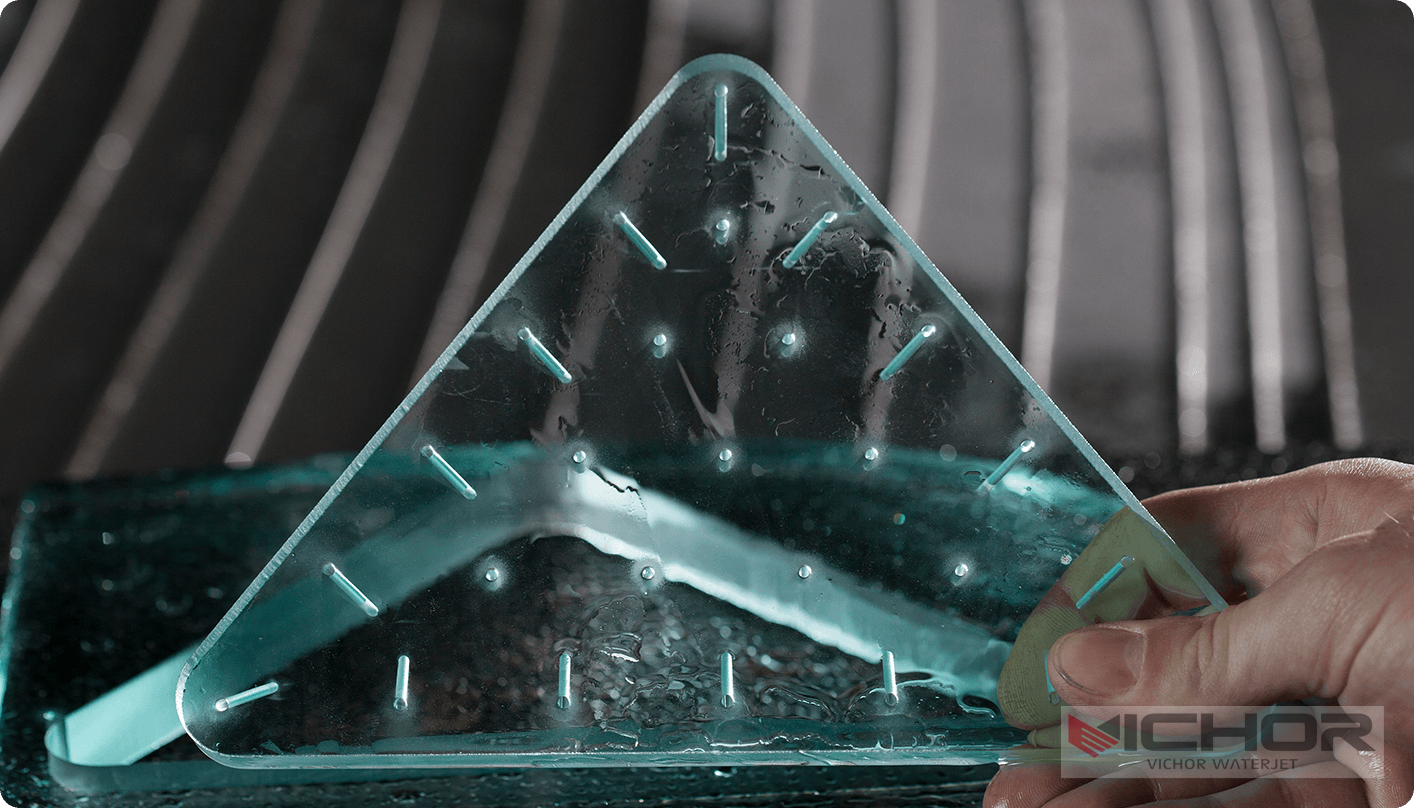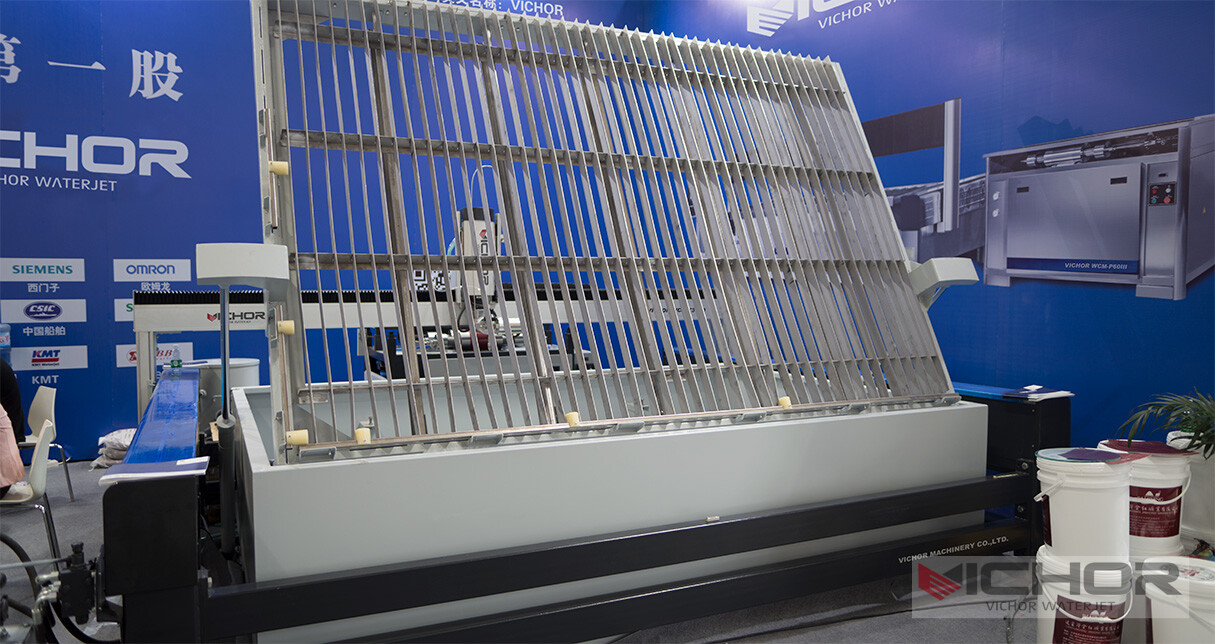
What Influences the Water Jet Garnet Price? Key Factors Explained
When it comes to water jet cutting, garnet abrasive is a critical component that ensures precision and efficiency in slicing through materials like metal, stone, and glass. However, one of the most common questions among industry professionals and buyers is: what drives the water jet garnet price? Understanding this is essential for budgeting, procurement, and optimizing operational costs. The water jet garnet price isn’t a fixed number; it fluctuates based on a variety of factors, from raw material sourcing to market dynamics. In this article, we’ll delve into the key aspects that shape the water jet garnet price, providing you with actionable insights to make informed decisions. Whether you’re a manufacturer, contractor, or hobbyist, grasping these elements can help you navigate purchasing challenges and potentially save money. Let’s explore the multifaceted world of water jet garnet price and uncover what really matters.
Factors Affecting the Water Jet Garnet Price
The water jet garnet price is influenced by several core factors that interact in complex ways. Firstly, the cost of raw materials plays a significant role. Garnet is a natural mineral mined from various global locations, and its extraction, processing, and refinement costs directly impact the final water jet garnet price. For instance, mining operations in countries like Australia, India, and the United States involve expenses related to labor, energy, and environmental regulations, which are passed on to buyers. Additionally, the purity and hardness of the garnet affect its suitability for water jet cutting, with higher-quality grades commanding a premium. Another key factor is production technology; advanced processing methods that ensure consistent particle size and minimal impurities can drive up the water jet garnet price. Moreover, geopolitical events, such as trade tariffs or mining restrictions, can cause sudden shifts in availability and cost. By understanding these elements, you can better anticipate changes in the water jet garnet price and plan your purchases accordingly. It’s not just about the product itself but the entire supply chain that determines what you pay.
Different Grades of Garnet and Their Impact on Price
Garnet used in water jet cutting comes in various grades, each with distinct characteristics that affect the water jet garnet price. The most common types include almandine and alluvial garnet, which differ in hardness, mesh size, and purity. Almandine garnet, known for its high density and sharp edges, is often more expensive due to its superior cutting performance and longer lifespan in operations. In contrast, alluvial garnet might be cheaper but could require more frequent replacement, influencing the overall water jet garnet price over time. Mesh size is another critical aspect; finer meshes (e.g., 80-120) are typically priced higher because they offer smoother cuts and are in high demand for precision applications. Conversely, coarser meshes might be more affordable but less efficient for detailed work. The water jet garnet price also varies based on whether the garnet is recycled or virgin material. Recycled garnet can reduce costs, but it may compromise on consistency and effectiveness. When evaluating the water jet garnet price, it’s crucial to match the grade to your specific needs to avoid overspending or underperforming. This alignment ensures that you get the best value without sacrificing quality.
Market Dynamics and Water Jet Garnet Price Fluctuations
The water jet garnet price is highly sensitive to market dynamics, including supply and demand imbalances, economic cycles, and industry trends. In periods of high demand from sectors like construction, automotive, and aerospace, the water jet garnet price tends to rise as suppliers struggle to keep up. Conversely, during economic downturns, reduced industrial activity can lead to price drops. Global supply chain issues, such as shipping delays or fuel cost increases, also play a role; for example, higher transportation expenses can inflate the water jet garnet price by adding to logistics overhead. Seasonal variations, such as increased construction in summer, can cause temporary spikes. Additionally, competition among suppliers influences the water jet garnet price; in regions with multiple vendors, prices may be more competitive, whereas monopolistic markets can lead to inflated costs. Keeping an eye on these market trends allows buyers to time their purchases strategically, potentially securing a better water jet garnet price during off-peak seasons or when new mining operations come online. Ultimately, the water jet garnet price is a reflection of broader economic forces, and staying informed can give you a competitive edge.
How to Get the Best Water Jet Garnet Price
Securing an optimal water jet garnet price requires a proactive approach to procurement. One effective strategy is bulk purchasing; buying in large quantities often leads to volume discounts, which can significantly lower the per-unit water jet garnet price. However, this must be balanced against storage costs and shelf life, as garnet can degrade if stored improperly. Another tip is to build long-term relationships with suppliers, as loyal customers might negotiate better terms or receive early notifications about price changes. Comparing quotes from multiple vendors is essential to understand the average water jet garnet price in your region and avoid overpaying. Additionally, consider the total cost of ownership rather than just the initial price; a higher-quality garnet might have a steeper upfront cost but reduce expenses through improved efficiency and less frequent replacements. Leveraging online marketplaces and industry forums can also provide insights into current water jet garnet price trends and promotional offers. Finally, don’t overlook the importance of quality assurance; cheaper options might seem attractive, but they could lead to operational issues that increase overall costs. By adopting these practices, you can optimize your spending on the water jet garnet price while maintaining high performance standards.
The Role of Garnet in Water Jet Cutting and Its Cost Implications
Garnet is indispensable in water jet cutting because it serves as the abrasive that accelerates the cutting process by eroding materials under high-pressure water streams. This role directly ties into the water jet garnet price, as the efficiency and longevity of the garnet affect operational costs. High-quality garnet minimizes nozzle wear and reduces downtime, which can offset a higher initial water jet garnet price by lowering maintenance and replacement expenses. The particle shape and hardness of garnet determine how quickly it cuts and how much is consumed per job, influencing the overall water jet garnet price over time. For
 example, angular garnet particles tend to cut faster but may wear out sooner, while rounded particles might last longer but require more passes. Environmental factors also come into play; using garnet that meets safety standards can avoid regulatory fines and enhance sustainability, potentially affecting the water jet garnet price through certifications or eco-friendly premiums. Understanding this interplay helps justify investments in premium garnet, as the water jet garnet price is not just an expense but a factor in overall productivity and cost-effectiveness. By prioritizing performance metrics alongside price, you can achieve a balance that maximizes return on investment.
example, angular garnet particles tend to cut faster but may wear out sooner, while rounded particles might last longer but require more passes. Environmental factors also come into play; using garnet that meets safety standards can avoid regulatory fines and enhance sustainability, potentially affecting the water jet garnet price through certifications or eco-friendly premiums. Understanding this interplay helps justify investments in premium garnet, as the water jet garnet price is not just an expense but a factor in overall productivity and cost-effectiveness. By prioritizing performance metrics alongside price, you can achieve a balance that maximizes return on investment.
Future Trends and Predictions for Water Jet Garnet Price
Looking ahead, several trends could shape the future water jet garnet price. Technological advancements in mining and processing may lead to more efficient production methods, potentially lowering costs. However, increasing environmental regulations and sustainability initiatives might push the water jet garnet price upward as companies invest in greener practices. The growing adoption of water jet cutting in emerging industries, such as renewable energy and electronics, could drive demand and, consequently, the water jet garnet price. Recycling innovations might also play a role; if recycled garnet becomes more reliable and widely accepted, it could stabilize or reduce the average water jet garnet price. Geopolitical shifts, such as changes in trade policies or resource nationalism in key mining countries, could introduce volatility. Additionally, economic recovery post-global events may lead to inflationary pressures, affecting the water jet garnet price. By monitoring these trends, buyers can develop strategic plans, such as locking in contracts during stable periods or exploring alternative abrasives. The water jet garnet price is likely to remain dynamic, so staying agile and informed will be key to managing costs effectively in the long run.
In conclusion, the water jet garnet price is a complex topic influenced by factors like raw material costs, garnet grades, market dynamics, procurement strategies, and technological roles. By understanding these aspects, you can make smarter purchasing decisions that align with your budget and operational needs. Remember, the water jet garnet price isn’t just about the number on the invoice—it’s about value, efficiency, and long-term savings. As the industry evolves, keeping these insights in mind will help you navigate the ever-changing landscape of water jet garnet price.
Frequently Asked Questions
Q1: What is the typical range for water jet garnet price?
A1: The water jet garnet price typically ranges from $200 to $500 per ton, depending on factors like grade, mesh size, and supplier location. Higher-quality grades or finer meshes can cost more, while bulk purchases might reduce the per-ton price.
Q2: How does garnet grade affect the water jet garnet price?
A2: Garnet grade significantly impacts the water jet garnet price because higher grades with better hardness, purity, and consistency are more expensive. For example, almandine garnet often costs more than alluvial types due to its superior cutting performance and durability.
Q3: Can I negotiate the water jet garnet price with suppliers?
A3: Yes, negotiating the water jet garnet price is possible, especially for large orders or long-term contracts. Building a strong relationship with suppliers and comparing multiple quotes can help you secure better deals and discounts.
Q4: Why does the water jet garnet price fluctuate over time?
A4: The water jet garnet price fluctuates due to market dynamics such as changes in supply and demand, economic conditions, transportation costs, and geopolitical events. Seasonal demand shifts and new mining operations can also cause price variations.
Q5: Are there ways to reduce the overall cost related to water jet garnet price?
A5: Absolutely, to reduce costs associated with the water jet garnet price, consider buying in bulk, using recycled garnet where appropriate, optimizing cutting parameters to minimize consumption, and maintaining equipment to extend garnet lifespan. These strategies can help lower the effective water jet garnet price over time.
continue reading
Related Posts
- 1304 words6.6 min read


